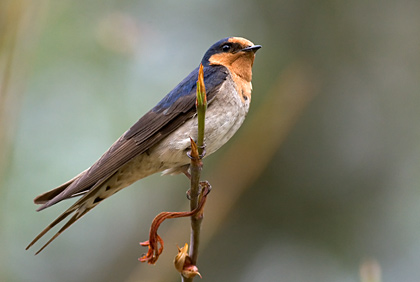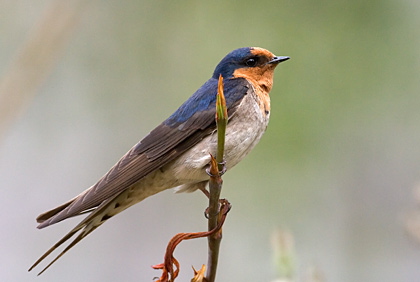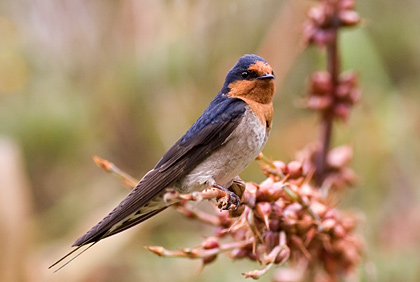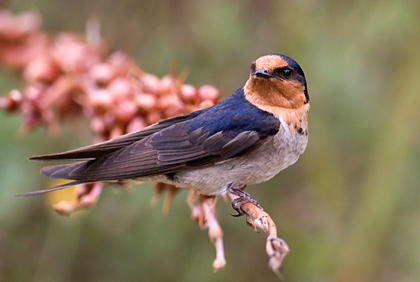Elkeith.com > Elkeith Photography > Galleries > Birds > Welcome Swallow
-

 Welcome Swallow
Welcome Swallow
While visiting my brother in the Bay of Islands I photographed these welcome swallow which were nesting in his garage. They would always stop and preen on these flax bushes before returning to their nest. Details: Canon 20d, EF 400mm f/5.6, 1/500, f/5.6, 400 ISO, hand held. -

 Welcome Swallow
Welcome Swallow
While visiting my brother in the Bay of Islands I photographed these welcome swallow which were nesting in his garage. They would always stop and preen on these flax bushes before returning to their nest. Details: Canon 20d, EF 400mm f/5.6, 1/800, f/5.6, 400 ISO, hand held. -

 Welcome Swallow
Welcome Swallow
While visiting my brother in the Bay of Islands I photographed these welcome swallow which were nesting in his garage. They would always stop and preen on these flax bushes before returning to their nest. Details: Canon 20d, EF 400mm f/5.6, 1/1000, f/5.6, 400 ISO, hand held. -

 Welcome Swallow
Welcome Swallow
While visiting my brother in the Bay of Islands I photographed these welcome swallow which were nesting in his garage. They would always stop and preen on these flax bushes before returning to their nest. Details: Canon 20d, EF 400mm f/5.6, 1/640, f/5.6, 400 ISO, hand held. -

 Welcome Swallow
Welcome Swallow
While visiting my brother in the Bay of Islands I photographed these welcome swallow which were nesting in his garage. They would always stop and preen on these flax bushes before returning to their nest. Details: Canon 20d, EF 400mm f/5.6, 1/400, f/5.6, 400 ISO, hand held.
Welcome Swallow (hirundo tahitica)
Size: 15cm, 14g
Description: Adults have rust coloured throat and chest. Head and back bluish-black. Underparts light grey with forked tail. Juvenile less brightly coloured with shallower fork in tail.
Habitat: Low lying open country close to bodies of water. Frequently attach nests to buildings and other constructions. Feed on invertabrates, caught on the wing.
Status: Protected self-introduced native - widespread.
Breeding: August - March. 2 - 7 eggs are laid in a half cup shaped nest made primarily from mud reinforced with dried grass and are incubated by the female.
Distinguishing Features: Extremely fast and nimble in flight, dipping, darting and diving.
More info...


